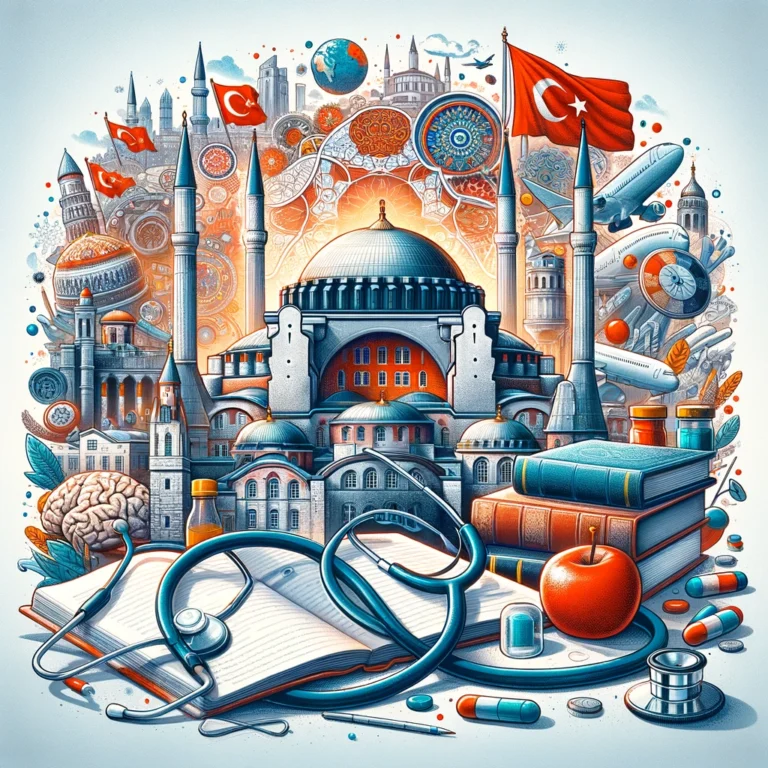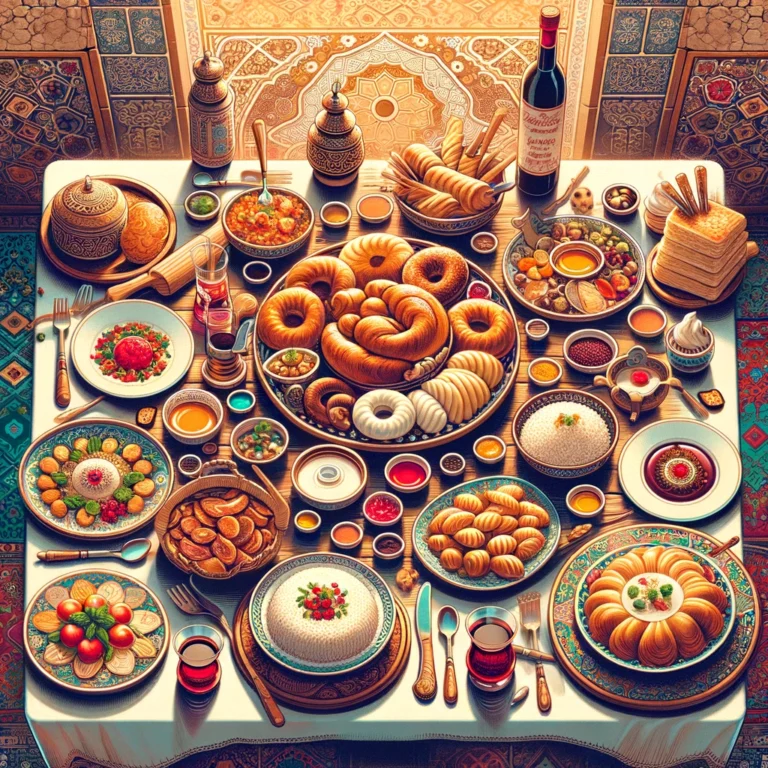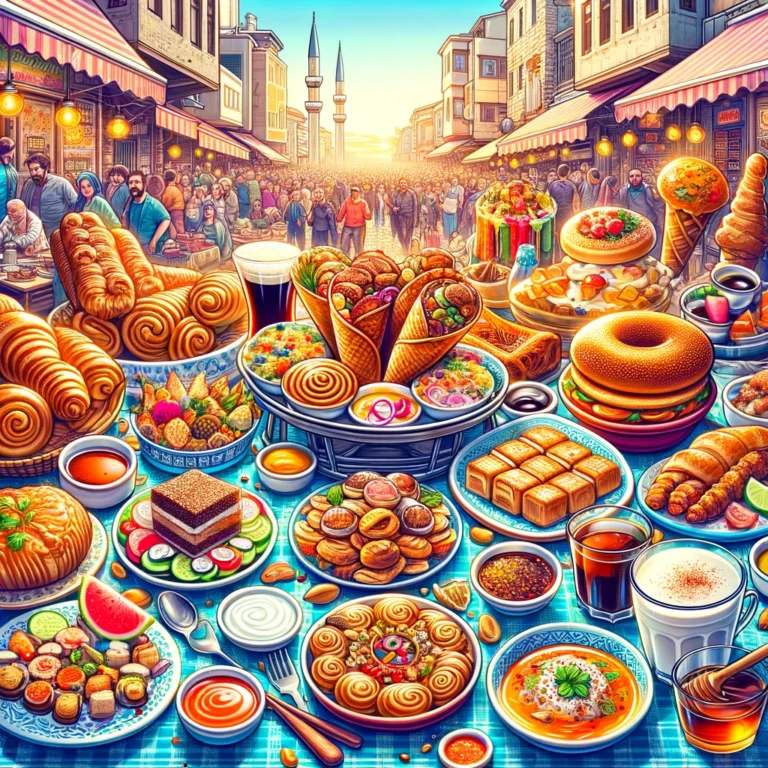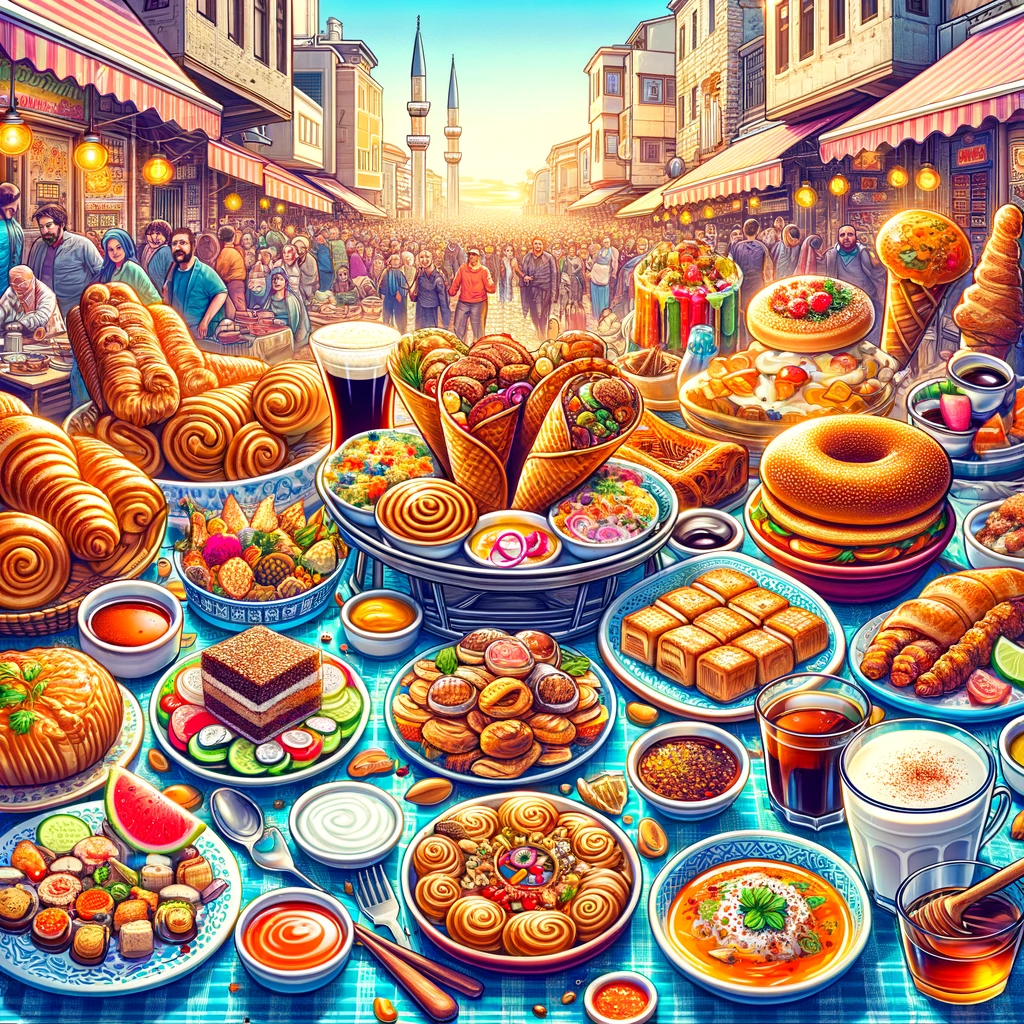A severe thunderstorm warning is a critical alert issued by meteorological agencies to inform the public about an imminent or ongoing severe thunderstorm. Meteorological agencies issue a severe thunderstorm warning as a critical alert to notify the public of an imminent or ongoing severe thunderstorm. The storms can come with dangerous conditions that include wind gusts, hail, heavy rain, and sometimes, tornadoes. Knowledge of what a severe thunderstorm warning means, how to prepare, and what actions to take can entirely determine the safety during these extreme weather events. This blog post examines everything you need to know about severe thunderstorm warnings, including what causes them, and how you can protect yourself and your loved ones.
What is a Severe Thunderstorm Warning?
A severe thunderstorm warning is issued by the National Weather Service (NWS) or other meteorological organizations when a severe thunderstorm is currently happening or is expected to happen soon in a specific area. In contrast to a severe thunderstorm watch, which suggests that conditions are right for severe weather, a warning indicates that severe weather is already taking place or is about to occur. This alert is usually issued for a smaller, more localized area and calls for immediate action.
Criteria for a Severe Thunderstorm Warning
For a thunderstorm to be classified as severe, it must meet one or more of the following criteria:
- Wind gusts of 58 mph (93 km/h) or higher
- Hail that is 1 inch (2.5 cm) in diameter or larger (about the size of a quarter)
- The potential for tornadoes
Severe thunderstorms can develop quickly, often with little warning, making it essential to stay informed and prepared.
What Causes Severe Thunderstorms?
Severe thunderstorms are typically caused by a combination of atmospheric conditions, including:
- Warm, moist air near the ground
- Cool, dry air aloft
- A strong lifting mechanism, such as a cold front or a low-pressure system
These conditions create instability in the atmosphere, leading to the rapid upward movement of air and the formation of towering cumulonimbus clouds. When these clouds grow large enough, they can produce severe weather phenomena like strong winds, large hail, and heavy rain.
Dangers of Severe Thunderstorms
Severe thunderstorms can pose significant risks to life and property. Here are some of the most common hazards associated with these storms:
1. Damaging Winds
Severe thunderstorms can produce straight-line winds exceeding 58 mph, which can knock down trees, power lines, and even damage buildings. These winds can also create flying debris, posing a risk to anyone caught outside.
2. Large Hail
Hailstones larger than 1 inch in diameter can cause significant damage to vehicles, roofs, and crops. In extreme cases, large hail can even injure people and animals.
3. Heavy Rainfall and Flash Flooding
Severe thunderstorms often produce intense rainfall in a short period, leading to flash flooding. Flash floods can quickly overwhelm drainage systems, making roads impassable and putting lives at risk.
4. Tornadoes
While not all severe thunderstorms produce tornadoes, some do. Tornadoes are among the most destructive weather phenomena, capable of causing catastrophic damage in a matter of seconds.
5. Lightning
All thunderstorms produce lightning, which can be deadly. Lightning strikes can cause fires, power outages, and serious injuries.
How to Prepare for a Severe Thunderstorm Warning
Preparation is key to staying safe during a severe thunderstorm. Here are some steps you can take to protect yourself and your family:
1. Stay Informed
- Monitor weather forecasts: Use reliable sources like the National Weather Service, weather apps, or local news channels to stay updated on severe weather alerts.
- Sign up for emergency alerts: Many communities offer text or email alerts for severe weather warnings.
2. Create an Emergency Plan
- Identify safe spaces: Choose a secure location in your home, such as a basement or an interior room on the lowest floor, away from windows.
- Prepare an emergency kit: Include essentials like water, non-perishable food, flashlights, batteries, a first-aid kit, and important documents.
3. Secure Your Property
- Trim trees and shrubs: Remove dead branches that could become projectiles in high winds.
- Secure outdoor items: Bring in patio furniture, grills, and other loose objects that could be blown away.
4. Protect Your Electronics
- Unplug devices: To prevent damage from power surges caused by lightning, unplug electronics before the storm arrives.
- Use surge protectors: If you must keep devices plugged in, use surge protectors to minimize the risk of damage.
What to Do During a Severe Thunderstorm Warning
When a severe thunderstorm warning is issued, take immediate action to protect yourself and your family:
1. Seek Shelter
- Go indoors: Stay inside a sturdy building away from windows.
- Avoid using corded phones and electrical appliances: Lightning can travel through wiring, so stick to cordless or cell phones.
2. Stay Away from Windows
- Find an interior room: If possible, move to a basement or an interior room on the lowest floor of your home.
3. Avoid Flooded Areas
- Do not drive through floodwaters: Just 12 inches of moving water can sweep a car away.
- Stay off flooded roads: If you encounter a flooded road, turn around and find a safer route.
4. Monitor the Storm
- Keep a weather radio or app handy: Stay updated on the storm’s progress and any additional warnings.
After the Storm: Safety Tips
Once the severe thunderstorm has passed, there are still risks to be aware of:
1. Check for Damage
- Inspect your property: Look for downed power lines, damaged trees, or structural damage.
- Avoid standing water: It may be electrically charged if power lines are down.
2. Stay Clear of Hazards
- Do not touch downed power lines: Report them to your local utility company immediately.
- Be cautious of debris: Wear sturdy shoes and gloves when cleaning up after the storm.
3. Help Others
- Check on neighbors: Ensure that those around you, especially the elderly or vulnerable, are safe.
- Report emergencies: Contact local authorities if you encounter dangerous situations, such as gas leaks or blocked roads.
Frequently Asked Questions (FAQs)
1. What’s the difference between a severe thunderstorm watch and a warning?
- A watch means conditions are favorable for severe thunderstorms, while a warning means severe weather is occurring or imminent.
2. How long do severe thunderstorms last?
- Severe thunderstorms typically last 30 minutes to an hour, but their effects, such as flooding, can persist much longer.
3. Can severe thunderstorms happen at night?
- Yes, severe thunderstorms can occur at any time, including during the night. Always stay alert to weather alerts.
4. What should I do if I’m caught outside during a severe thunderstorm?
- Seek shelter immediately. If no shelter is available, avoid tall objects, metal structures, and open areas.
A severe thunderstorm warning is an important alert that demands prompt action. By recognizing the risks, preparing ahead of time, and knowing how to respond during and after the storm, you can safeguard yourself and your loved ones. It’s crucial to stay informed and have a plan ready as your best defenses against severe weather.
Severe thunderstorms can be erratic and hazardous, but with the right information and preparation, you can navigate the storm safely. Stay vigilant, stay ready, and stay safe!













